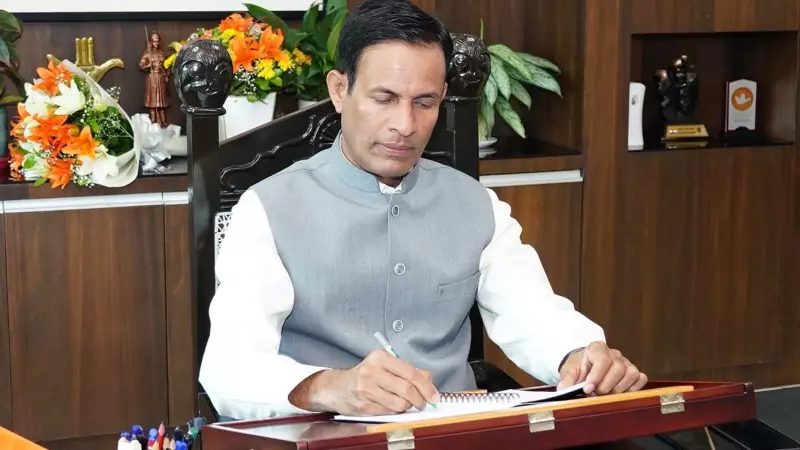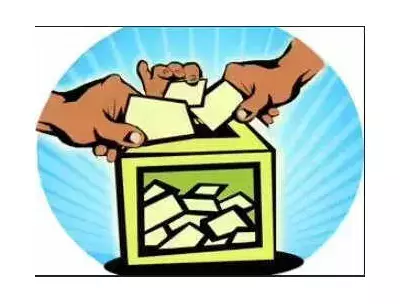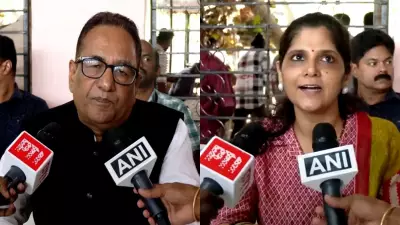
In a landmark move towards complete digitalization, the Chandigarh Administration has announced the mandatory implementation of the e-Office platform across all departments, effectively putting an end to the era of physical files.
The Digital Deadline
According to an official circular issued by the UT Finance Department, all administrative branches, sub-divisional offices, and field offices must completely transition to e-Office by November 1, 2023. This directive marks a significant milestone in Chandigarh's journey toward becoming a fully digital administration.
Why This Matters
The shift to e-Office represents more than just technological upgradation—it's a complete transformation of how government business is conducted. The system promises:
- Enhanced Efficiency: Faster file processing and decision-making
- Improved Transparency: Complete digital trail of all transactions
- Better Accountability: Clear tracking of file movement and responsibilities
- Cost Reduction: Significant savings on paper, printing, and storage
- Remote Accessibility: Officials can process files from anywhere
Implementation Strategy
The administration has laid out a comprehensive plan to ensure smooth transition:
- Immediate Action: All new files must be created exclusively on e-Office platform
- Legacy Files: Existing physical files to be converted to digital format
- Training Mandate: Comprehensive training programs for all staff members
- Technical Support: Dedicated helpdesk for troubleshooting and assistance
Broader Impact
This initiative aligns with the Indian government's Digital India mission and positions Chandigarh as a leader in digital governance among Union Territories. The move is expected to set a benchmark for other states and UTs to follow in embracing paperless administration.
The successful implementation of e-Office could revolutionize citizen-government interactions, reducing processing times for various services and making the administration more responsive to public needs.





